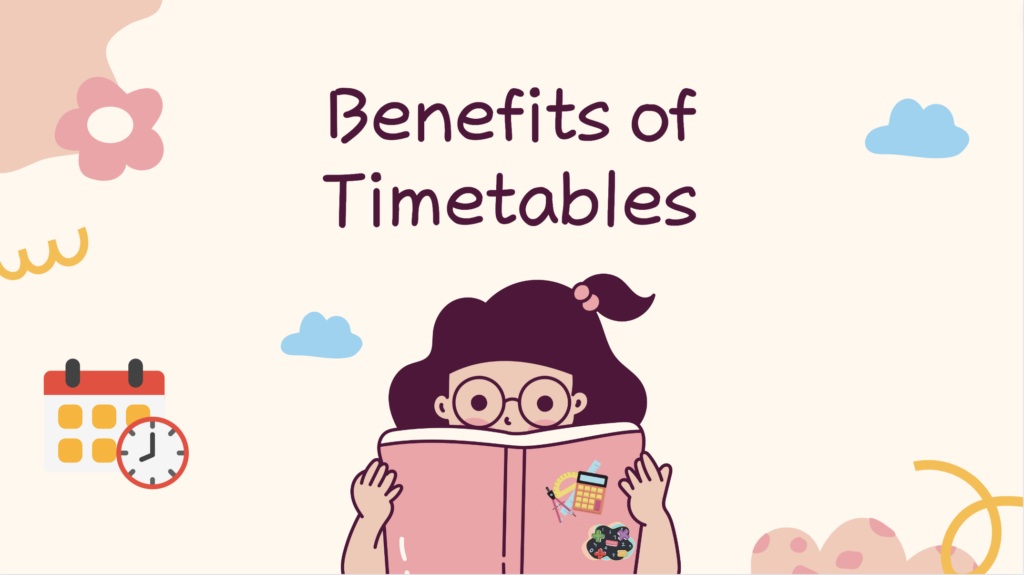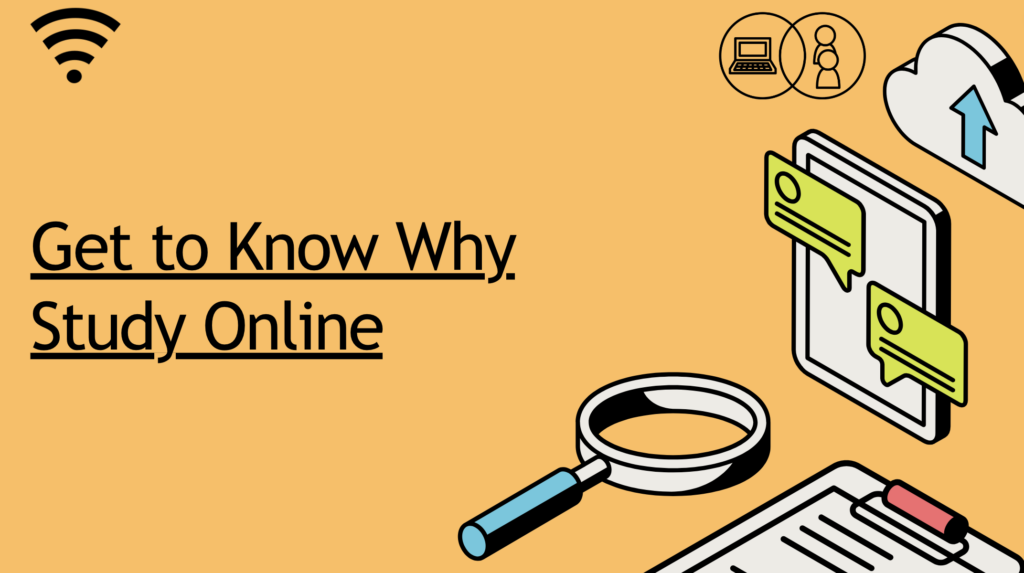
How to Read Body Language: Learn the 8 Body Language Secrets
Body language is a powerful form of nonverbal communication that often speaks louder than words. It encompasses a wide range of cues and gestures that we unconsciously use to express ourselves, convey emotions, and interact with others. Understanding the different types of body language can provide valuable insights into people’s thoughts, feelings, and intentions. In this blog, we will learn how to read body language and what they say about an individual.
1. Reading Facial Expressions
One of the most significant aspects of body language is facial expressions. Smiles frowns, raised eyebrows, and narrowed eyes all play a crucial role in communicating emotions. A genuine smile indicates friendliness and happiness, while a furrowed brow might suggest confusion or concern. It’s important to pay attention to these subtle cues to accurately interpret someone’s mood or reaction.
2. Read Body Language Posture
Posture can reveal a lot about a person’s confidence and self-assurance. Standing tall with an open chest and shoulders back signifies confidence and assertiveness. On the other hand, slouching or crossed arms may indicate defensiveness, insecurity, or disinterest. Being mindful of our own posture and observing others can give valuable insights into their state of mind.
3. Read Body Language and Hand Gestures
Hand gestures are an integral part of body language and can convey various messages. For instance, open palms facing upward indicate openness and honesty, while clenched fists might signal anger or frustration. Pointing a finger can express authority or accusation, depending on the context. It is essential to interpret hand gestures within the broader context of the conversation to avoid misunderstandings.
Read: Achieve Academic Excellence – 7 Hidden Rules
4. Eye Contact:
Eye contact is a powerful form of nonverbal communication. Sustained eye contact demonstrates confidence, attentiveness, and trustworthiness. Conversely, avoiding eye contact may indicate shyness, guilt, or deception. However, cultural and individual differences should be considered, as some cultures value direct eye contact more than others.
5. Read Body Language Touch
Touch can be a powerful tool for conveying emotions and building connections. A gentle touch on the arm or a handshake can signify friendliness, empathy, or support. However, it is crucial to respect personal boundaries and be mindful of cultural norms and consent when it comes to touch.
6. Read Body Language Mirroring
Mirroring or imitating someone’s body language is a subconscious behavior that indicates rapport and connection. When individuals are engaged in conversation and mirror each other’s gestures and expressions, it suggests mutual understanding and agreement. Mirroring can create a sense of comfort and trust between individuals.
Also read: Improve Memory: Tips to Remember Like Sherlock
7. Proximity:
The physical distance between individuals during interactions reveals their level of comfort and relationship dynamics. Standing too close to someone might be seen as invasive while maintaining an appropriate distance indicates respect for personal space. Cultural norms also influence acceptable proximity levels, so it’s important to consider context and cultural background.
8. Microexpressions in body language
Microexpressions are brief, involuntary facial expressions that reveal true emotions, often lasting for just a fraction of a second. They can expose concealed feelings, such as surprise, disgust, or contempt. Understanding and recognizing microexpressions can provide valuable insights into someone’s underlying emotions and intentions.
Conclusion:
Body language is a universal language that conveys a wealth of information about individuals. By understanding the various types of body language, we can become more perceptive in our interactions, improve communication, and enhance our emotional intelligence.
Remember that body language cues should be interpreted in conjunction with verbal communication and contextual factors to gain a comprehensive understanding. Developing the ability to read body language can empower us to communicate effectively, build better relationships, and navigate social situations with greater insight and empathy.
Further Readings –
Acing Bihar Board 12th Exam: Your Complete Guide
Join Indian Army – 15 Entry Modes to Join as Officer
7 Easy Government Job Exams for 12th Pass Students



